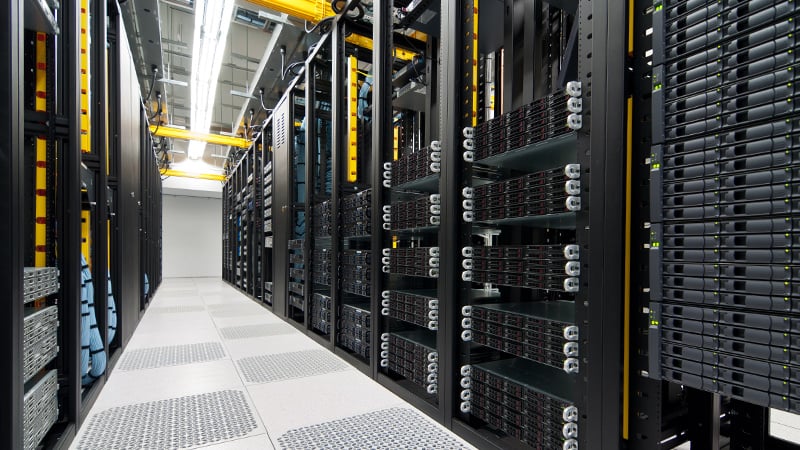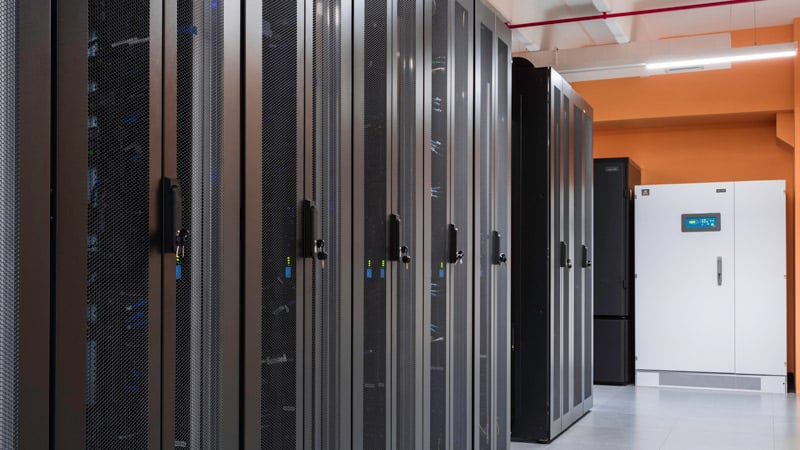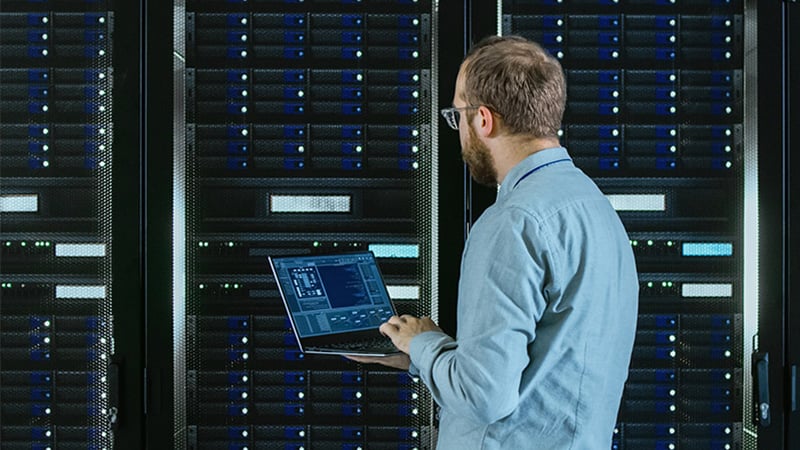In a 2022 report on access and use of the internet in Latin America and the Caribbean, UNDP indicated that the COVID-19 pandemic introduced new ways of working and learning, due to required reduced mobility and, along with the existing internet coverage, brought 800 million people worldwide online for the first time.
The latest edition of Digital Report 2023 shows that the number of Internet users in the world reached 5.160 billion people, which represents 64.4 % of the world population. According to Statista, Brazil is the Latin American country with the largest number of Internet users at 180 million people, while Mexico is in second place in the region, exceeding 100 million online users.
This UNDP report also shows that in Latin America two thirds of homes have fixed Internet connections, these connections are necessary to facilitate high-capacity data transactions, such as video calls to work or study. Although this marks an improvement over the pre-pandemic regional average of nearly 50%, disparities persist between countries. For example, 17 of the 24 countries surveyed in Latin America and the Caribbean are below the regional average, including Mexico, Uruguay and Costa Rica.
This escalation in digital transformation also means an increase in the volume of data consumption and, therefore, more pressure on data centers to process that information in a faster and more agile way. This new context raises concerns among data center operators on how to ensure resilience.
The Cloud is the First Step
Cloud migration is one of the steps that operators are taking in order to achieve that resilience; for two reasons cited by this Uptime Institute report: first, during the pandemic, many companies realized that they did not have the necessary infrastructure to support remote workers and to guarantee the right customer experience. Second, many operators understood that a network could crash due to the higher demand caused by those remote workers.
The cloud allows traffic and workloads to be directed to other sites, reducing the impact of service interruptions in any one facility. The Vertiv study “The Data Center of 2025, closer to the edge of the network” also reveals how by 2019, prior to the pandemic, there was already a better understanding of how the cloud helps improve resilience and how this technology would play a dominant, but not exclusive, role in the future of the data center ecosystem.
The 5G Opportunity
Cloud computing powered by 5G also makes it possible to address some of the biggest concerns in the industry: latency and security.
The deployment of 5G expands bandwidth extensively, which makes it easier for fast transmission of high volumes of data, including real-time streaming. In addition, 5G cybersecurity strategies offer improved network security through encryption and mutual authentication, for improved data security.
Solving Staffing Shortages
Data center resilience in the context of post-pandemic digitalization also entails paying attention to key issues that are currently causing distress in the industry, such as talent shortages and the need for a more energy-efficient approach.
“More data means more power” sums up the Vertiv study, and it also means more cooling and management needs. This also implies the need for more specialized technicians to support the infrastructure. For example, it is estimated that by 2025 Latin America will need at least 21,000 IT professionals to meet demand, according to estimates by the Uptime Institute.
Outsourcing services like maintenance and management, through a model such as Data Center Operation Management (DCOM), is a viable option in this context. DCOM enables data center remote monitoring by a specialized and certified technical team, 24/7 in any location.
A DCOM model allows rapid detection of threats that may cause an operational downtime. It also provides a shorter response time to an incident and optimizes operator investments. It can be complemented with an energy-efficient service model to guarantee the network's reliability.
An integrated approach, which takes into consideration the concerns of the industry around latency, security, human talent, and energy efficiency, will help make today’s data centers and data centers of the future more resilient.










